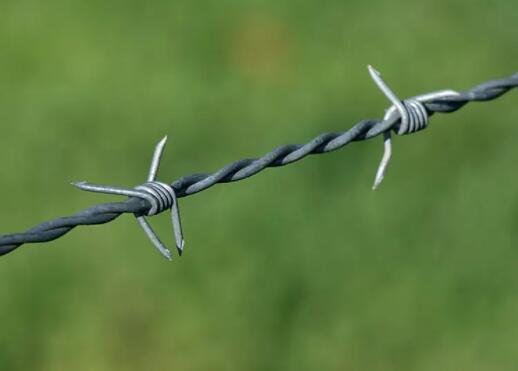Anchor Nails for Concrete A Comprehensive Guide
When it comes to securing objects to concrete surfaces, anchor nails play a pivotal role. These specialized fasteners are designed to ensure a strong, stable hold, making them essential for construction, renovations, and outdoor projects. This article explores the types, applications, installation methods, and benefits of using anchor nails for concrete.
What are Anchor Nails?
Anchor nails, often referred to as concrete nails or masonry nails, are heavy-duty fasteners specifically engineered for use in concrete, brick, and masonry surfaces. Unlike standard nails, anchor nails have a hardened steel construction and a unique design that allows for superior gripping strength in tough materials.
Types of Anchor Nails
There are several types of anchor nails available, each suited for different applications
1. Concrete Nails These nails typically feature a flat head and a tapered shank. They are designed to penetrate concrete with minimal effort, making them ideal for light to medium load applications.
2. Concrete Screws Also known as masonry screws, these fasteners have a unique thread pattern that provides a strong bite into concrete. Concrete screws are often used where a more secure hold is needed compared to standard nails.
3. Expansion Anchors These involve a different mechanism where an anchor expands within the concrete as a screw is tightened. They provide exceptional hold and are suitable for heavy-duty applications.
Applications
Anchor nails are versatile and can be used in a variety of projects, including
anchor nails for concrete

- Framing Building wooden frames that need to be anchored to a concrete foundation or wall. - Contractor Projects In commercial construction, where heavy materials need to be attached securely to concrete. - Home Improvement Installing shelves, fixtures, and outdoor structures like pergolas and fences. - Industrial Settings In factories and warehouses, where machinery or racking systems require stable anchorage to concrete floors.
Installation Methods
Proper installation of anchor nails is crucial for ensuring their effectiveness. Here are the general steps
1. Select the Right Nail Determine the weight of the object and the type of concrete you are working with to choose the appropriate anchor nail.
2. Pre-Drill For harder concrete or when using concrete screws, it's essential to pre-drill a hole that matches the diameter of the screw or anchor. Use a hammer drill to create the hole.
3. Hammering If using concrete nails, position the nail on the marked spot and hammer it in straight. Ensure to use a suitable hammer to avoid damage to the nail head.
4. Tightening For screws or expansion anchors, insert them into the drilled hole and tighten them with a screwdriver or drill, ensuring they are secure but not overtightened to prevent cracking the concrete.
Benefits of Using Anchor Nails
Using anchor nails for concrete provides numerous advantages
- Durability Crafted from high-strength materials, anchor nails are resistant to wear and tear, ensuring longevity. - Load bearing They can support substantial weights, making them perfect for heavy-duty applications. - Ease of use The installation process is straightforward, and with the right tools, most DIY enthusiasts can effectively use anchor nails. - Cost-effective Compared to alternative anchoring methods, anchor nails are generally more affordable while still providing reliable results.
Conclusion
Anchor nails are indispensable in the realm of construction and home improvement. With their strong grip and durability, they ensure that materials are securely fastened to concrete surfaces, enhancing the overall integrity of any project. Whether you are a seasoned contractor or a DIY novice, understanding and using anchor nails correctly can lead to successful and long-lasting results in your concrete fastening tasks.

















